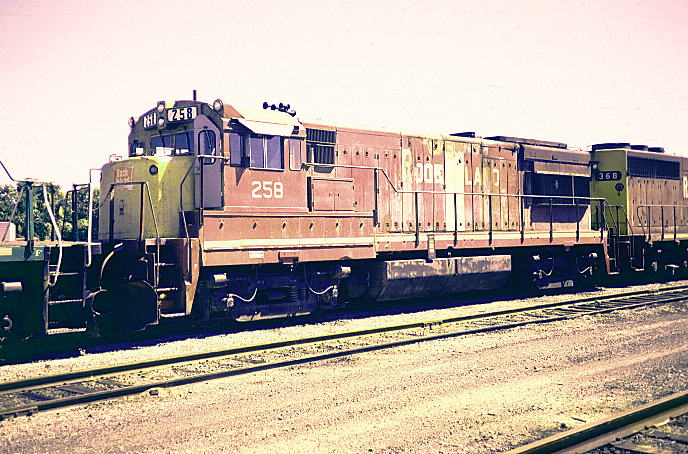BN used both the Western/Cullen rotary beacon, but the motor brush noise interfered with the early smart EOT's, so they switched to the huge 4 bulb electrionc beacon made by Prime. CNW had the W/C beacons and Tomar amber strobes, Amtrack used twin single pulse strobes on their F40's, EJ&E has red strobes on thier units. The filled the need for a less maintance intensive safety device before ditch lights came into being on USA railroads, the Europeans have run the tripple headlights since the era of Steam. I still then the Mars and Gyralite's of years past are a better safety light than any of the current stuff. Anymore the ditchlights just blend in with the headlights, the flashing while a little attention getting, is nowhere as effective to my eyes as the ocilating mars light or gyralites. Not only did they flash in your eyes as they traced thier path ahead of the locomotive, but you gained the sky effect as they flashed their beam off the trees, haze in the sky at night ect. Two of the local engines for the transportation museum have no ditch lights, but instead one has a twin beam Mars light (NKP GP7) and the other has a Pyle Gryalite (ex Milw Rd F7A) in its upper headlight casing. There ex UP GP 9 has ditch lights, I notice the previous two comming long before the ditch lights get my attention. But the big RR's look at the bottom line and ditch lights bascily have no maintance other than burnt out bulbs, Mars and Gyralights have motors and linkages that need greased, strobes and beacons are susctable to tree branch strikes being up on the roof, they get plastered with snow or diesel soot and become hard to see, and you cannot see them over the blinding headlights, so they are really only effective from the sides or rear. There are several makers of strobe circuits for non DCC users, most better decoders have the light effects programed in to them. Cheers Mike


